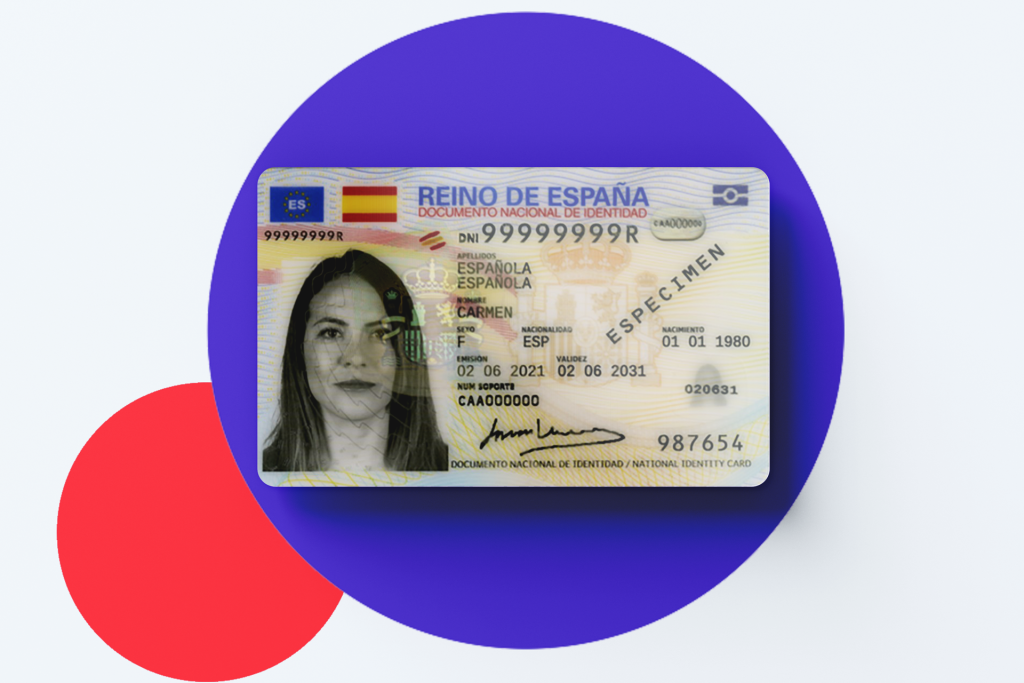In the realm of unauthorized identification documents, counterfeit templates for international papers have become a prevalent concern. These fraudulent designs attempt to imitate the appearance of legitimate passports, raising serious concerns about identity fraud, illegal activities, and national security risks.
The Proliferation of Counterfeit International Document Templates
The demand for counterfeit templates of international documents is fueled by various factors, including age restrictions, legal loopholes, and the desire to bypass stringent regulations. These fraudulent designs range from fake passports to residence permits and work visas. Criminal networks often exploit vulnerabilities in the issuance and verification process of passports, leading to a surge in the availability of illegitimate templates.
The Risks of Counterfeit International Documents
Counterfeit international document templates not only deceive at face value but also pose significant risks. Criminals can exploit these fraudulent documents for human trafficking, smuggling, money laundering, and terrorist activities. Furthermore, the use of illegitimate international IDs can jeopardize national security, as individuals with malicious intent can conceal their true identities and cross borders undetected.
Imitating Security Features
Creating deceptive templates for international documents involves replicating security features present in genuine documents. This includes holographic overlays, microprinting, watermarks, and UV elements. The accuracy of these replicated security features can make it challenging for authorities to distinguish counterfeit designs from genuine ones without sophisticated authentication techniques.

The Role of Digital Technology
The digital age has facilitated the distribution of illegitimate passport templates through the dark web and encrypted channels. Advanced digital design tools enable criminals to create convincing designs with remarkable accuracy, complicating the task of identifying fraudulent documents. Furthermore, the use of cryptocurrencies for transactions adds another layer of anonymity, making it difficult to trace and intercept illegal activities.
The Complexity of Verification
Verifying the authenticity of international documents has become a complex task for authorities and border control agents. The use of deceptive templates, combined with the prevalence of sophisticated printing techniques, calls for more advanced and reliable methods of document authentication. Biometric technologies, blockchain-based verification systems, and AI-driven data analysis are some of the approaches being explored to combat counterfeiting.
International Cooperation and Security Initiatives
Recognizing the global impact of counterfeit passports, international cooperation and security initiatives have been established. Nations are increasingly sharing data and intelligence to identify and apprehend criminal networks involved in the production and distribution of fraudulent templates.
Public Awareness and Education
Public awareness and education are essential components of the fight against counterfeit ID templates. Individuals need to be educated about the risks associated with using fake documents and the potential consequences. Businesses and institutions must also be vigilant in verifying passports presented to them, adopting robust authentication methods to detect fraudulent designs.

Leave a Comment